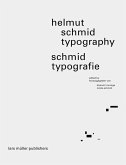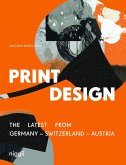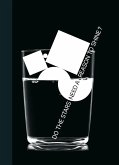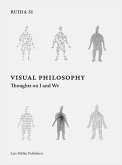From 1970 to 1973 Chile carried out a political experiment in which socialist change would occur peacefully and with respect for existing democratic institutions. This "Chilean road to socialism," as it was often called, offered a unique political third way at the height of the Cold War - one that broke from the opposing models put forth by the United States and the Soviet Union. This short and abruptly ended period in Chilean history resulted in product and communication design that powerfully demonstrates how design can influence social behavior and identity and foster solidarity and cohesion.How to Design a Revolution documents this Chilean visual language born out of exceptional circumstances. The publication broadens the study of infl uential and consequential visual languages of the social (protest) movements of the 1960s and 1970s, such as the Cuban Revolution, the Vietnam War and May 68, and illustrates how design came to refl ect the dynamics of this political moment while also becoming a tool for political change.








